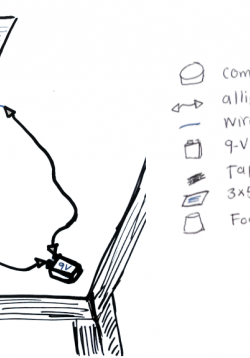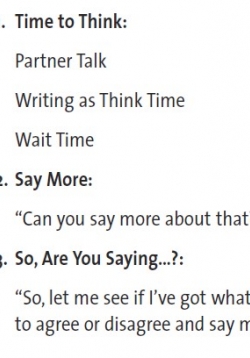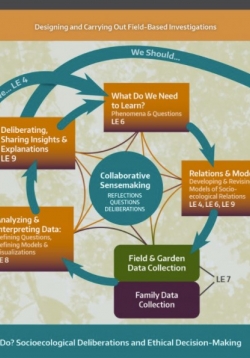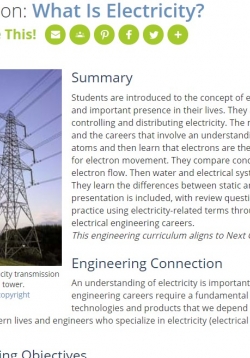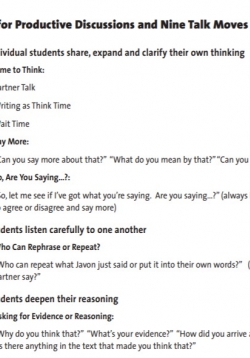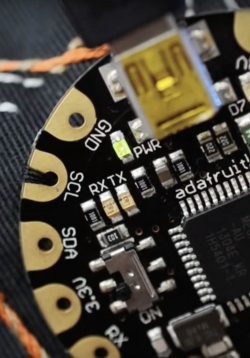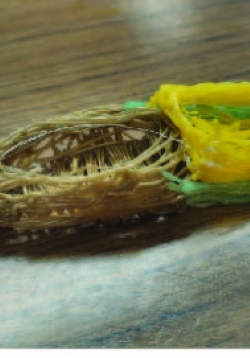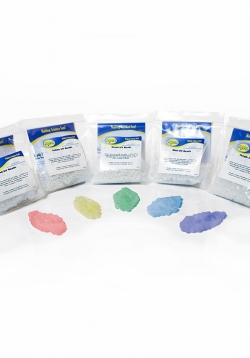Wave Attenuator Unit Overview
Through a series of learning experiences, students will experiment with the basic concepts of motion to electrical energy transformation. Students start by building a series of models that demonstrate the interactions between magnetic and electric fields....

